This exoplanet glows in a “fiery, glowing-red hue” as its surface is covered in volcanoes.
Since then, many extreme and bizarre planets have been discovered in faraway galaxies. For instance, there’s an exoplanet where molten iron rains from the sky and another that orbits its parent star so closely that it completes a year in just 18 hours.
Stephen Kane, an astronomer at the University of California, Riverside, has discovered a distant exoplanet that hosts enumerable active volcanoes. Kane mentions that from a distance, this exoplanet glows in a “fiery, glowing-red hue” as its surface is covered in“It was one of those discovery moments that you think, ‘wow, it’s amazing this can actually exist,” Kane said. Named TOI-6713.01, this rocky exoplanet was spotted by NASA’s Transiting Exoplanet Survey Satellite .
“This is a terrestrial planet that I would describe as Io on steroids. It’s been forced into a situation where it’s constantly exploding with volcanoes. At optical wavelengths you would be able to see a glowing, red-hot planet with a molten lava surface,” Kane said. outbursts on this fiery world, similar to what Io experiences. Due to the existence of Jupiter’s moons, Io orbits the gas giant planet in an elliptical or eccentric orbit.
Planets Space Space Exploration
United States Latest News, United States Headlines
Similar News:You can also read news stories similar to this one that we have collected from other news sources.
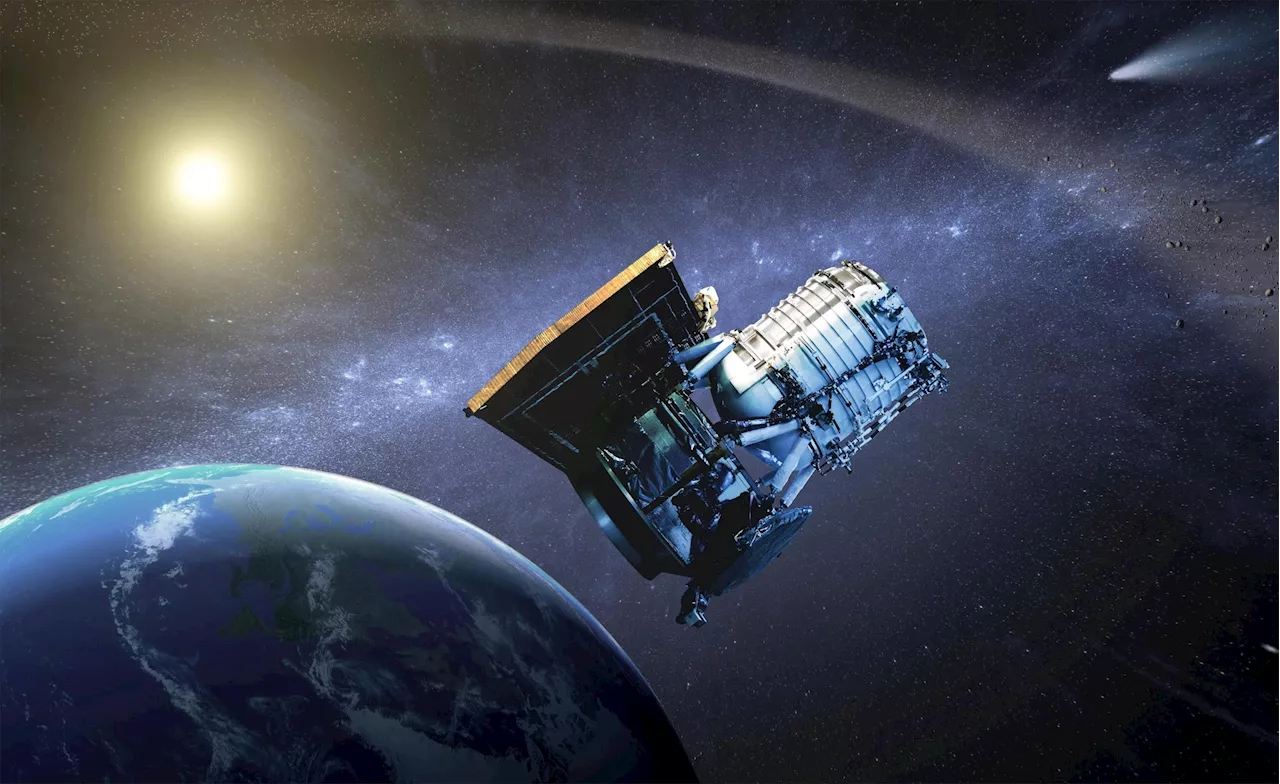 NASA's NEOWISE Space Telescope Provides Valuable Data for Planetary ScienceNASA's NEOWISE space telescope, which is conducting a long-duration survey of the universe, is creating a unique resource for future astronomers. It is particularly focused on studying asteroids and comets in our planet's local cosmic neighborhood, providing valuable data for planetary science.
NASA's NEOWISE Space Telescope Provides Valuable Data for Planetary ScienceNASA's NEOWISE space telescope, which is conducting a long-duration survey of the universe, is creating a unique resource for future astronomers. It is particularly focused on studying asteroids and comets in our planet's local cosmic neighborhood, providing valuable data for planetary science.
Read more »
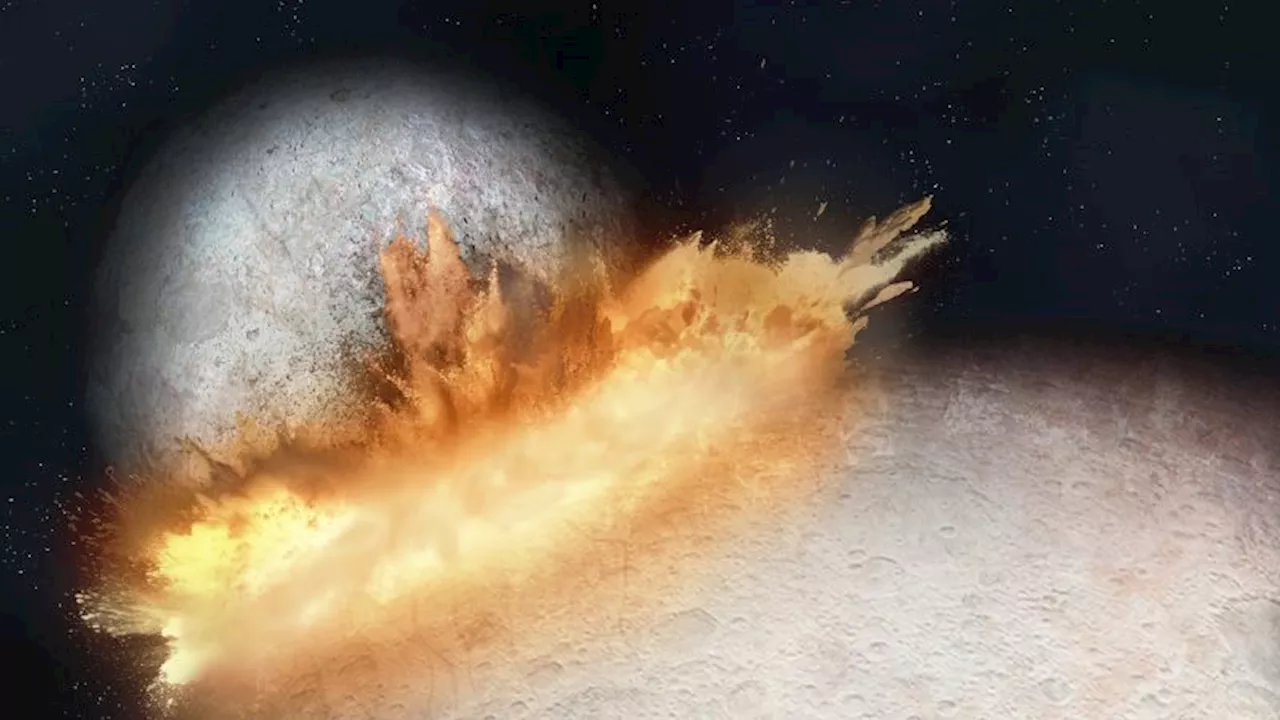 Pluto gained a ‘heart’ after colliding with a planetary bodyAstronomers believe a planetary body collided with Pluto early in its history to create a gigantic heart-shaped feature on the dwarf planet.
Pluto gained a ‘heart’ after colliding with a planetary bodyAstronomers believe a planetary body collided with Pluto early in its history to create a gigantic heart-shaped feature on the dwarf planet.
Read more »
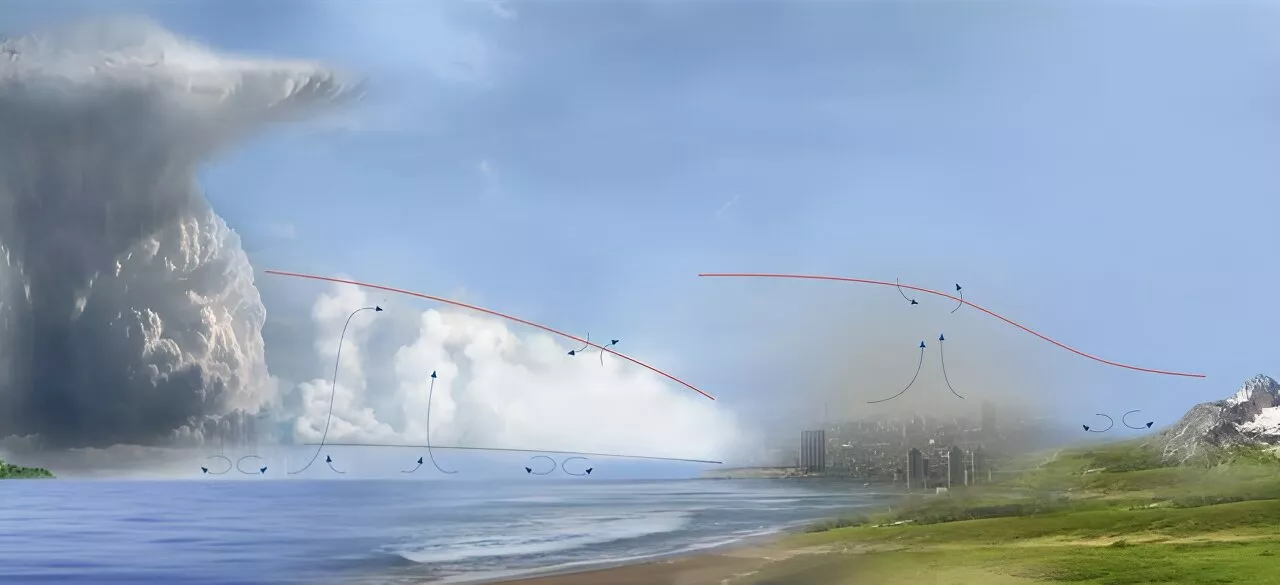 Using deep learning to image the Earth's planetary boundary layerAlthough the troposphere is often thought of as the closest layer of the atmosphere to the Earth's surface, the planetary boundary layer (PBL)—the lowest layer of the troposphere—is actually the part that most significantly influences weather near the surface.
Using deep learning to image the Earth's planetary boundary layerAlthough the troposphere is often thought of as the closest layer of the atmosphere to the Earth's surface, the planetary boundary layer (PBL)—the lowest layer of the troposphere—is actually the part that most significantly influences weather near the surface.
Read more »
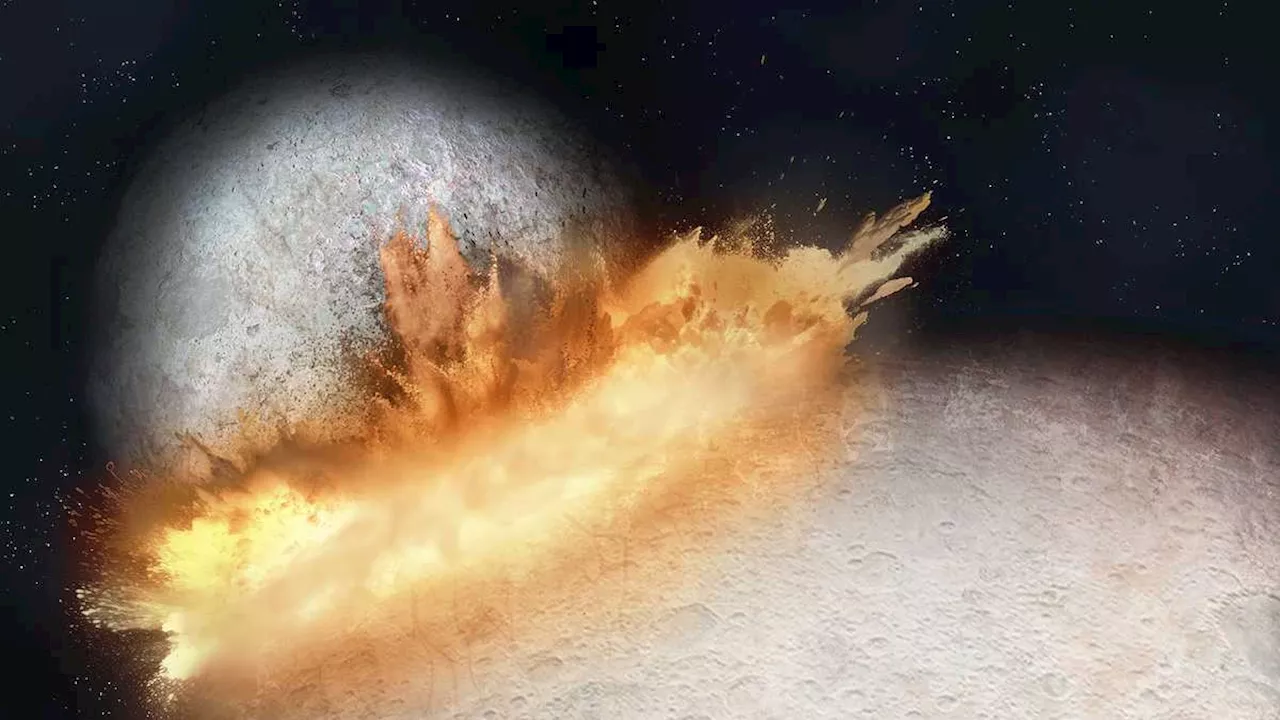 Pluto gained a ‘heart’ after colliding with a planetary bodyResearchers think they have solved the mystery of how the distinctive heart came to be — and it could reveal new clues about the dwarf planet’s origins.
Pluto gained a ‘heart’ after colliding with a planetary bodyResearchers think they have solved the mystery of how the distinctive heart came to be — and it could reveal new clues about the dwarf planet’s origins.
Read more »
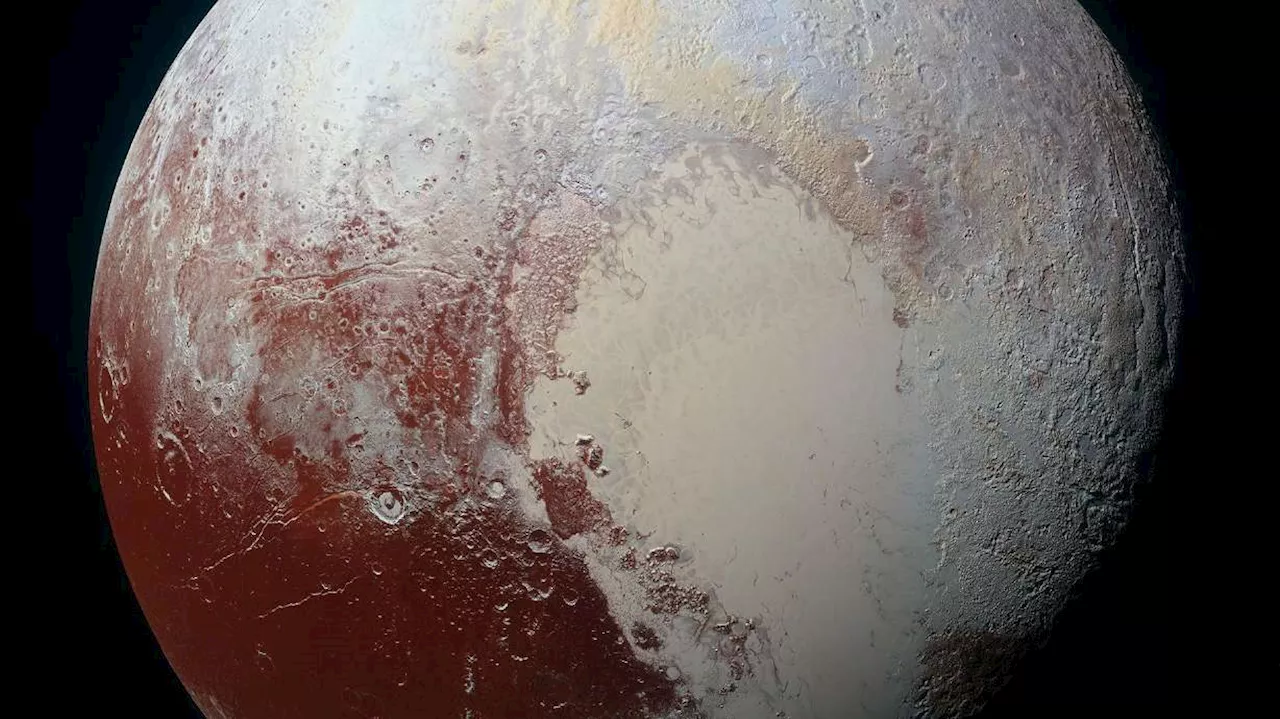 Pluto gained a 'heart' after colliding with a planetary bodyA huge heart-shaped feature on the surface of Pluto and researchers think they have solved the mystery of how the distinctive heart came to be.
Pluto gained a 'heart' after colliding with a planetary bodyA huge heart-shaped feature on the surface of Pluto and researchers think they have solved the mystery of how the distinctive heart came to be.
Read more »
 “Tube Map” for Space: Unlocking Planetary Paths With Knot TheoryScience, Space and Technology News 2024
“Tube Map” for Space: Unlocking Planetary Paths With Knot TheoryScience, Space and Technology News 2024
Read more »
